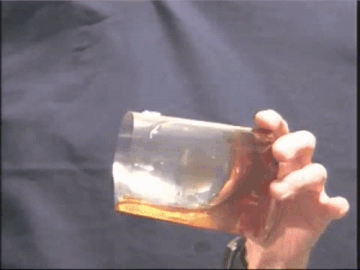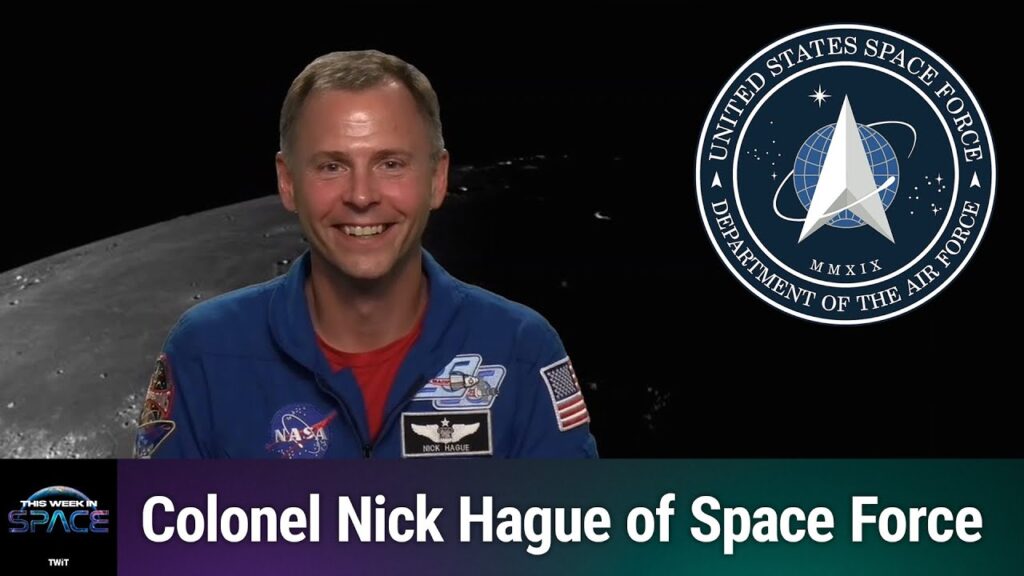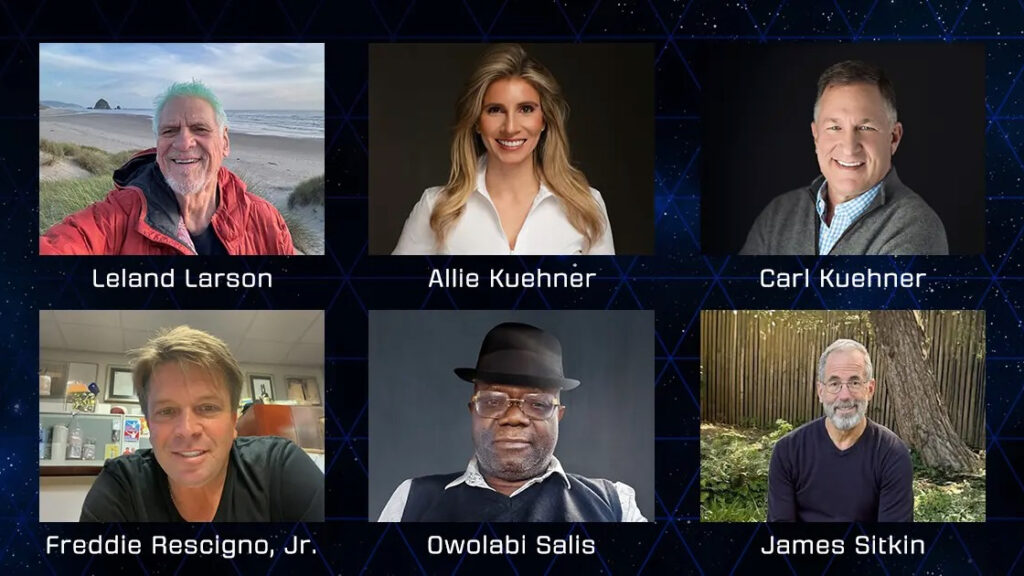NASA astronaut Don Pettit is about to embark on his fourth space mission — one sure to be filled with chances to tinker with things in orbit.
Pettit, along with Roscosmos cosmonauts Alexey Ovchinin and Ivan Vagner, will ride on a Russian Soyuz spacecraft, which is scheduled to launch atop a Soyuz rocket from Baikonur Cosmodrome in Kazakhstan on Wednesday (Sept. 11) at 12:23 p.m. EDT (1623 GMT; 9:23 p.m. local Baikonur time).
The 69-year-old Pettit will spend six months in space on the coming mission, adding to his 370-day orbital tally. He told Space.com he misses the final frontier when he’s not up there: “Some people are born to be cowboys and ride a horse. I’m born to ride a rocket and be in space. So I really looking forward to going back.”
Pettit likes to MacGyver things in space. Perhaps his best-known invention is the Capillary Beverage, or Space Cup, which “uses surface tension, wetting, and container shape to mimic the role of gravity in drinking on Earth,” according to NASA. Instead of sipping from a straw as astronauts typically need to do, the device allows crews to drink from a slightly modified vessel.
Related: Weightlessness and its effect on astronauts
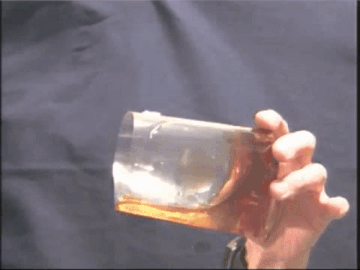
The astronaut also knows how to repurpose everyday materials, such as knitting needles. Pettit used paper to rub the needles and create an electrical charge. Then he used a Teflon syringe — a type of liquid transfer device — to emit charged water near the needle.
As predicted by science, the water droplets circled the knitting needle, showing off electrostatic orbits, or movements that are governed by electrical attraction.
“These observations could be analogous to the behavior of charged particles in Earth’s magnetic field and prove useful in designing future spacecraft systems,” NASA officials wrote.
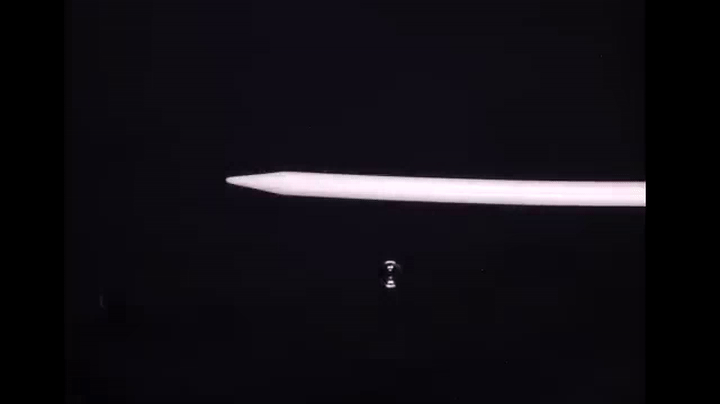
Pettit also enjoys playing with camera exposures and angles to create unique views of Earth, particularly focusing on light trails across the planet’s surface at night. He plans on doing more of this spare-time shutterbug activity using the upgraded equipment available on ISS, he said.

RELATED STORIES:
“We’ve got a number of new lenses on orbit that are optimized for nighttime imagery. I’m really looking forward to getting back on station and taking nighttime imagery to a new level, Pettit said.
Pettit added that he has been keeping his skills sharp since his last space mission in 2013.
“The way you do that is, you’re always taking photographs,” he said. “NASA has … training camera equipment that we could check out and use, and we’ve got pretty sophisticated, professional-level cameras. You can’t have a training — you know, one or two hours of training — and then, two years later, pick that camera up and be an expert at using it. You need to use it, at least for me, on a weekly basis.”
